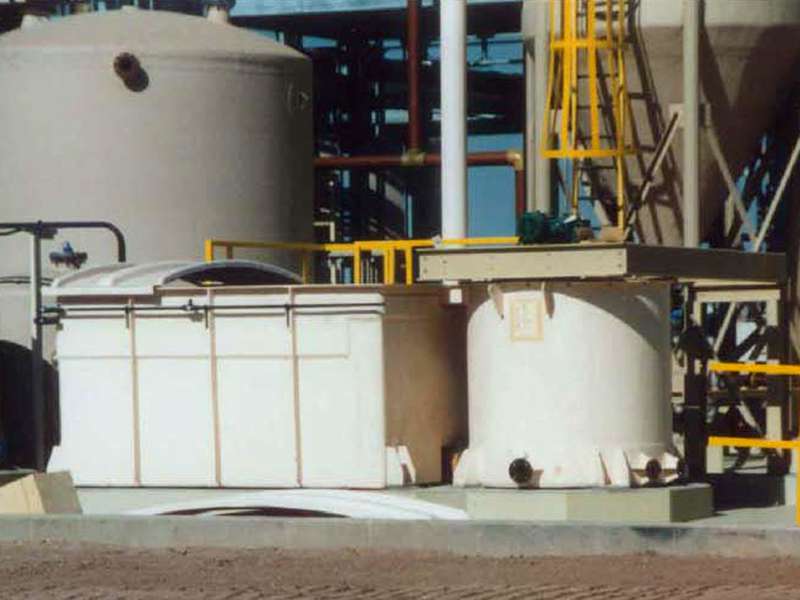
-
 Afrikaans
Afrikaans -
 Albanian
Albanian -
 Amharic
Amharic -
 Arabic
Arabic -
 Armenian
Armenian -
 Azerbaijani
Azerbaijani -
 Basque
Basque -
 Belarusian
Belarusian -
 Bengali
Bengali -
 Bosnian
Bosnian -
 Bulgarian
Bulgarian -
 Catalan
Catalan -
 Cebuano
Cebuano -
 China
China -
 China (Taiwan)
China (Taiwan) -
 Corsican
Corsican -
 Croatian
Croatian -
 Czech
Czech -
 Danish
Danish -
 Dutch
Dutch -
 English
English -
 Esperanto
Esperanto -
 Estonian
Estonian -
 Finnish
Finnish -
 French
French -
 Frisian
Frisian -
 Galician
Galician -
 Georgian
Georgian -
 German
German -
 Greek
Greek -
 Gujarati
Gujarati -
 Haitian Creole
Haitian Creole -
 hausa
hausa -
 hawaiian
hawaiian -
 Hebrew
Hebrew -
 Hindi
Hindi -
 Miao
Miao -
 Hungarian
Hungarian -
 Icelandic
Icelandic -
 igbo
igbo -
 Indonesian
Indonesian -
 irish
irish -
 Italian
Italian -
 Japanese
Japanese -
 Javanese
Javanese -
 Kannada
Kannada -
 kazakh
kazakh -
 Khmer
Khmer -
 Rwandese
Rwandese -
 Korean
Korean -
 Kurdish
Kurdish -
 Kyrgyz
Kyrgyz -
 Lao
Lao -
 Latin
Latin -
 Latvian
Latvian -
 Lithuanian
Lithuanian -
 Luxembourgish
Luxembourgish -
 Macedonian
Macedonian -
 Malgashi
Malgashi -
 Malay
Malay -
 Malayalam
Malayalam -
 Maltese
Maltese -
 Maori
Maori -
 Marathi
Marathi -
 Mongolian
Mongolian -
 Myanmar
Myanmar -
 Nepali
Nepali -
 Norwegian
Norwegian -
 Norwegian
Norwegian -
 Occitan
Occitan -
 Pashto
Pashto -
 Persian
Persian -
 Polish
Polish -
 Portuguese
Portuguese -
 Punjabi
Punjabi -
 Romanian
Romanian -
 Russian
Russian -
 Samoan
Samoan -
 Scottish Gaelic
Scottish Gaelic -
 Serbian
Serbian -
 Sesotho
Sesotho -
 Shona
Shona -
 Sindhi
Sindhi -
 Sinhala
Sinhala -
 Slovak
Slovak -
 Slovenian
Slovenian -
 Somali
Somali -
 Spanish
Spanish -
 Sundanese
Sundanese -
 Swahili
Swahili -
 Swedish
Swedish -
 Tagalog
Tagalog -
 Tajik
Tajik -
 Tamil
Tamil -
 Tatar
Tatar -
 Telugu
Telugu -
 Thai
Thai -
 Turkish
Turkish -
 Turkmen
Turkmen -
 Ukrainian
Ukrainian -
 Urdu
Urdu -
 Uighur
Uighur -
 Uzbek
Uzbek -
 Vietnamese
Vietnamese -
 Welsh
Welsh -
 Bantu
Bantu -
 Yiddish
Yiddish -
 Yoruba
Yoruba -
 Zulu
Zulu
frp sand pipe
Understanding FRP Sand Pipes A Comprehensive Overview
Fiber-Reinforced Polymer (FRP) has emerged as a game-changer in various industries, particularly in the manufacturing of pipes for diverse applications. Among these are FRP sand pipes, which are increasingly being utilized in sectors such as construction, mining, and environmental management. This article delves into the characteristics, advantages, and applications of FRP sand pipes, highlighting their significance in modern engineering.
What are FRP Sand Pipes?
FRP sand pipes are composite pipes made from a polymer matrix reinforced with fibers, typically glass or carbon. The combination of these materials contributes to their lightweight nature, strength, and resistance to corrosion. The primary purpose of FRP sand pipes is to transport sand or other granular materials efficiently. Their design can vary, including materials, wall thickness, and lengths, tailored to specific needs and environments.
Key Features of FRP Sand Pipes
1. Corrosion Resistance One of the primary advantages of FRP pipes is their resistance to corrosive substances. Traditional materials like steel or concrete tend to corrode when exposed to sand, chemicals, and moisture. FRP sand pipes, however, can withstand such conditions, which extends their lifespan and reduces maintenance frequencies.
2. Lightweight The lightweight nature of FRP pipes makes them easier to handle and install compared to traditional materials. This characteristic reduces transportation costs and labor requirements, significantly benefiting projects with budget constraints.
3. High Strength-to-Weight Ratio Despite being lightweight, FRP sand pipes have a high strength-to-weight ratio. This means they can support considerable pressure and load without compromising structural integrity, making them suitable for various applications.
4. Flexibility and Adaptability FRP pipes can be manufactured in various diameters and lengths, providing flexibility in design and installation. This adaptability allows engineers to tailor products to specific project needs.
5. Thermal Insulation FRP pipes exhibit excellent thermal insulation properties. This feature can reduce energy costs in applications where temperature maintenance is crucial.
frp sand pipe

Applications of FRP Sand Pipes
1. Mining In mining operations, transporting sand, gravel, and other materials is a routine task. FRP sand pipes can efficiently handle such transport due to their strength and corrosion resistance. This is particularly important in environments exposed to harsh elements and chemicals.
2. Construction In construction projects, efficient material transportation is vital. Using FRP sand pipes can streamline the process while reducing potential risks associated with traditional piping materials, such as corrosion and heavy weight.
3. Environmental Management FRP pipes are increasingly used in environmental applications, including water treatment plants, wastewater management, and stormwater drainage systems. Their resistance to chemicals and lightweight structure makes them an excellent choice for managing hazardous materials and ensuring environmental protection.
4. Agriculture In agricultural practices, especially in irrigation systems, FRP sand pipes are being used to transport sand and other materials efficiently. Their durability and resistance to fouling enhance the longevity and effectiveness of irrigation systems.
Future Prospects
The demand for FRP sand pipes is projected to rise as industries increasingly prioritize greener and more efficient solutions. Advancements in manufacturing processes and materials science may lead to even more robust and adaptable FRP products. Additionally, as sustainability becomes a key consideration, the use of FRP, which can be made from recycled materials, presents an attractive option for environmentally conscious projects.
Conclusion
FRP sand pipes represent a significant advancement in piping technology, offering numerous advantages over traditional materials. Their corrosion resistance, lightweight construction, and adaptability make them an ideal choice for various applications, particularly in sectors that require efficient transport of sand and other materials. As industries continue to evolve and seek better solutions, FRP sand pipes are poised to play a crucial role in shaping the future of infrastructure and environmental management. The ongoing innovation in this field promises even more applications and enhancements, making FRP sand pipes a worthy consideration for engineers and project managers alike.









